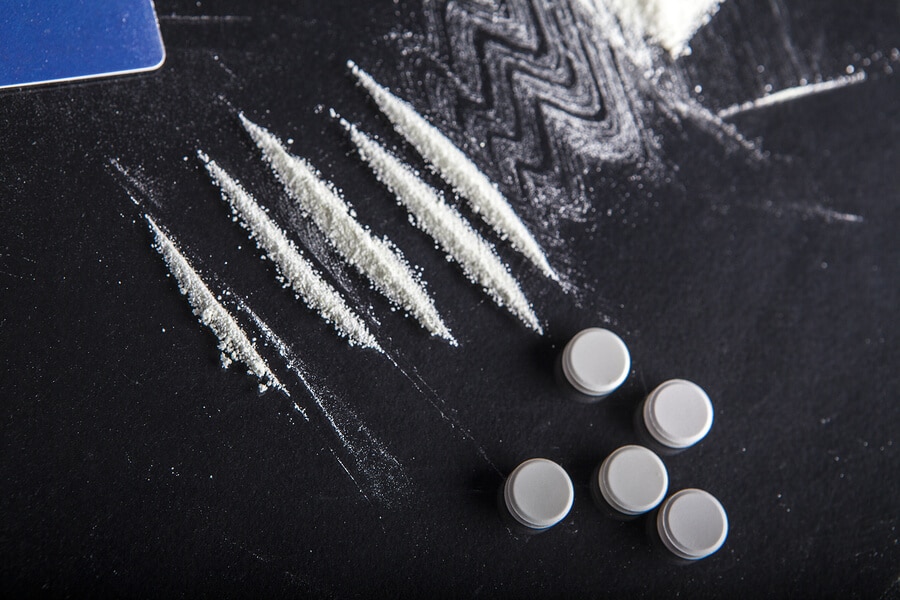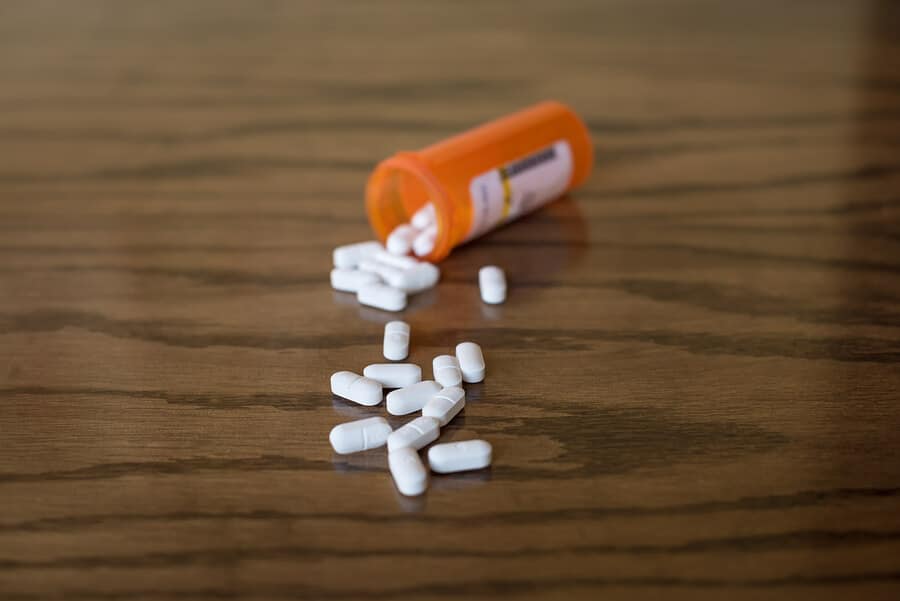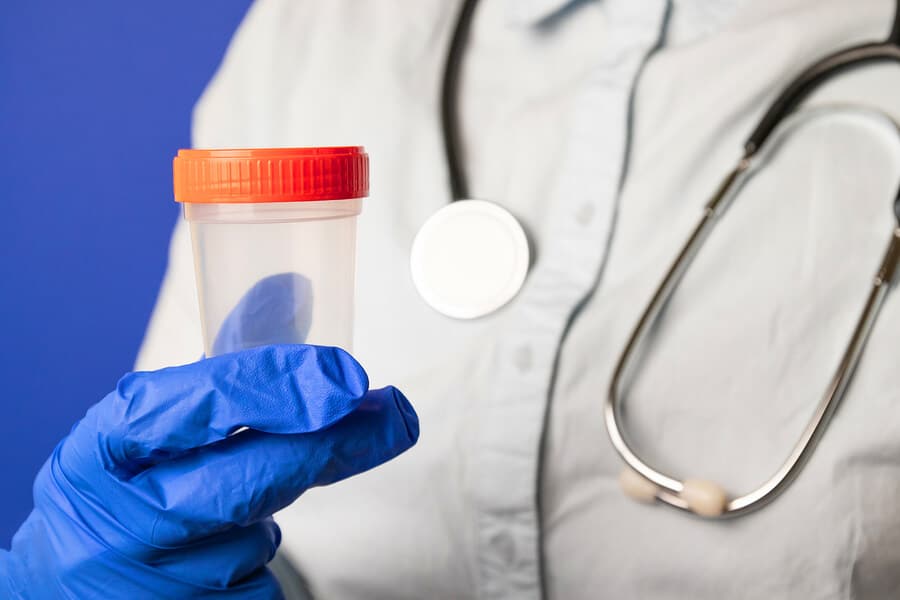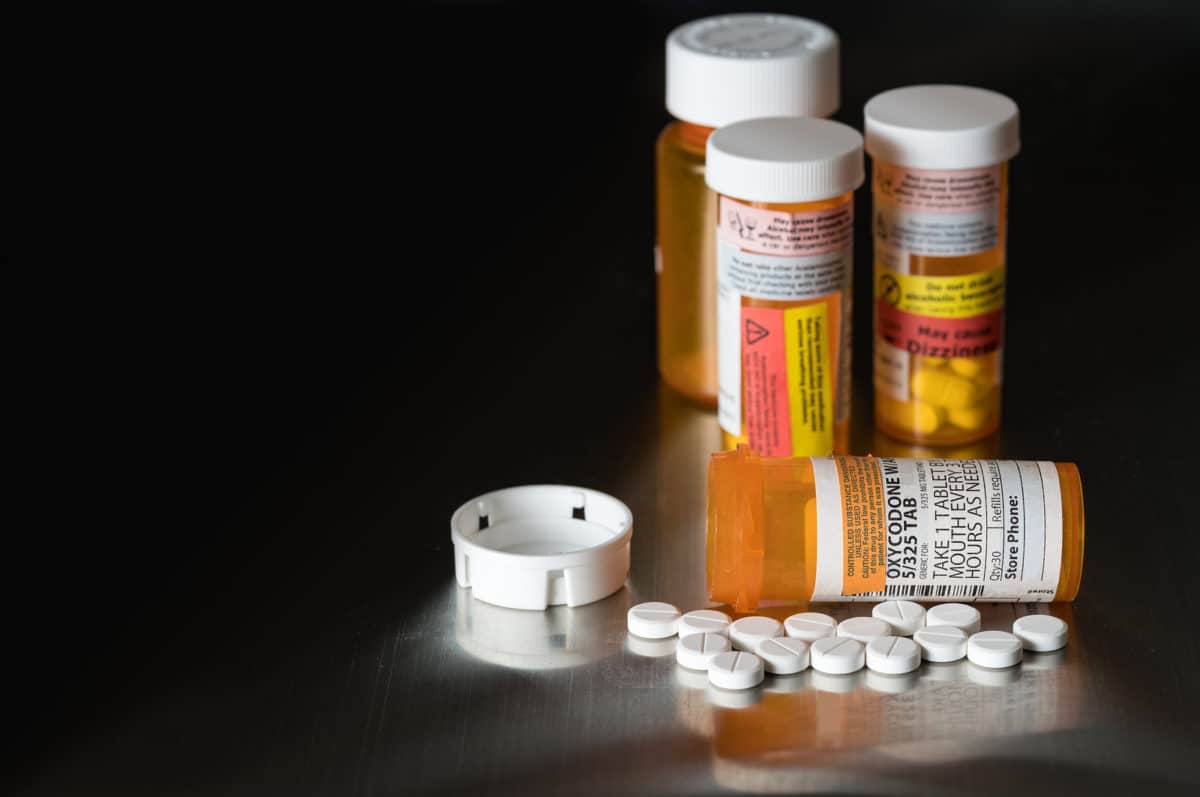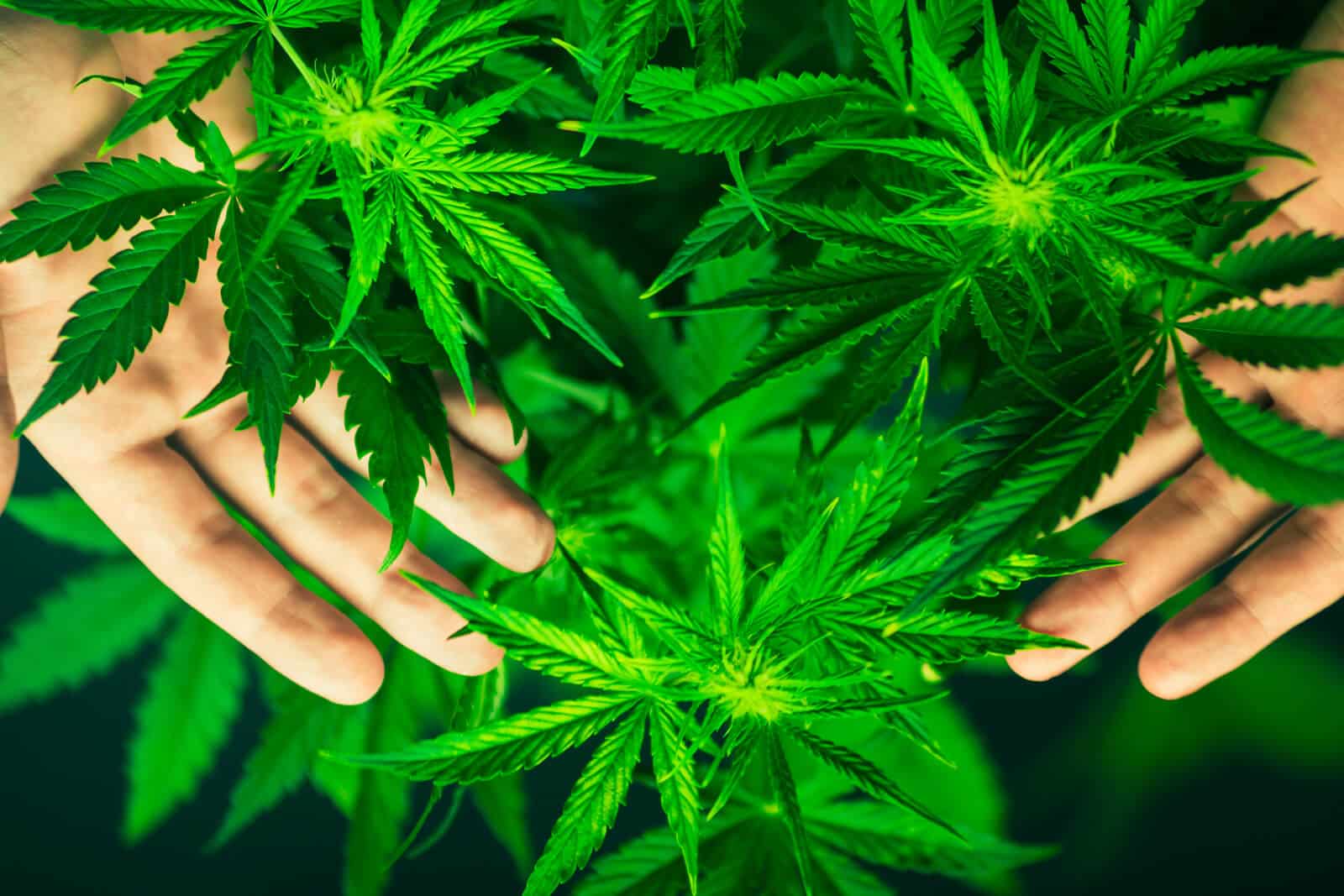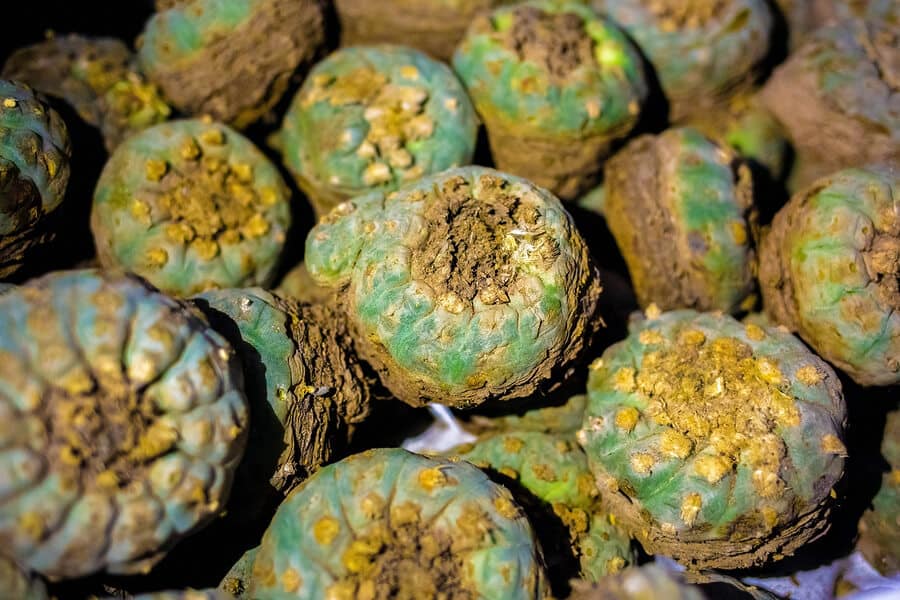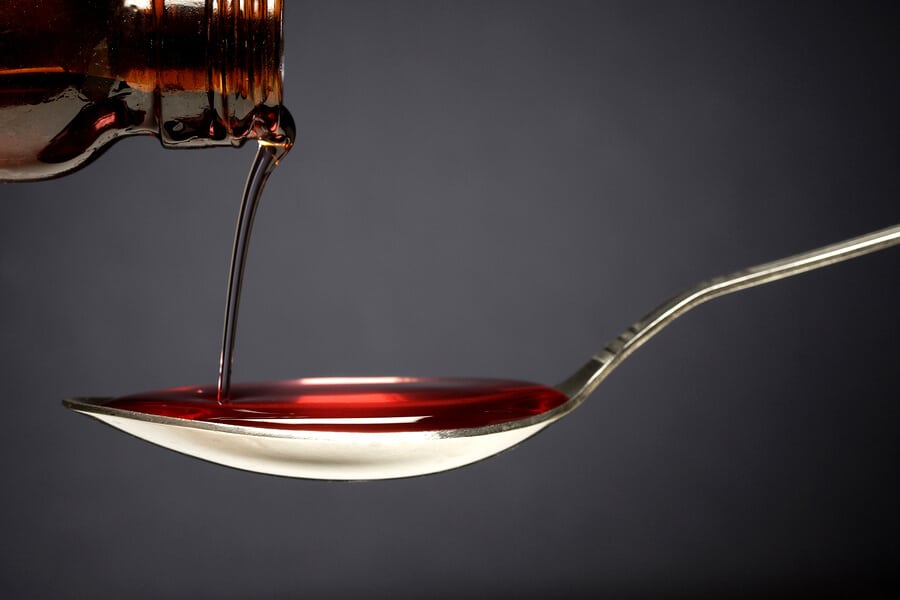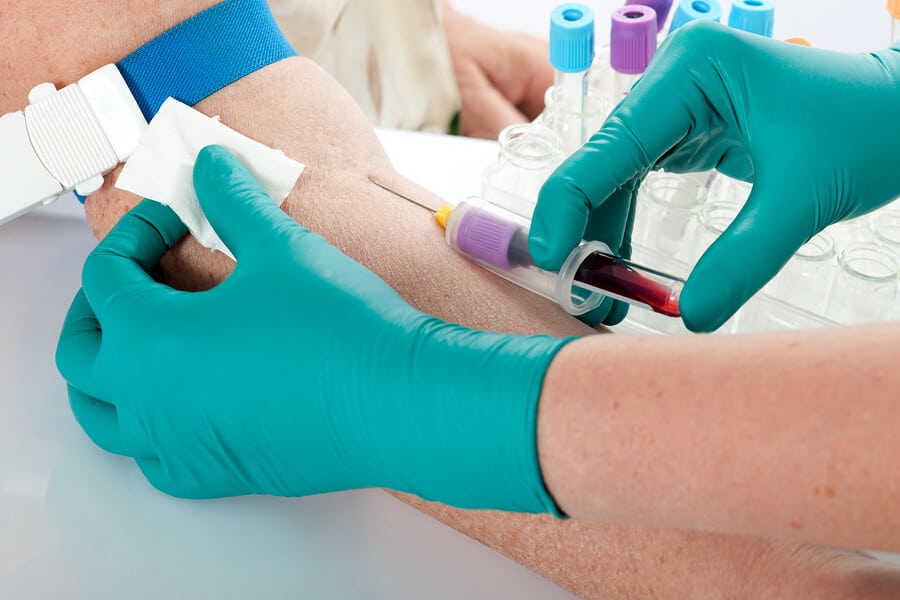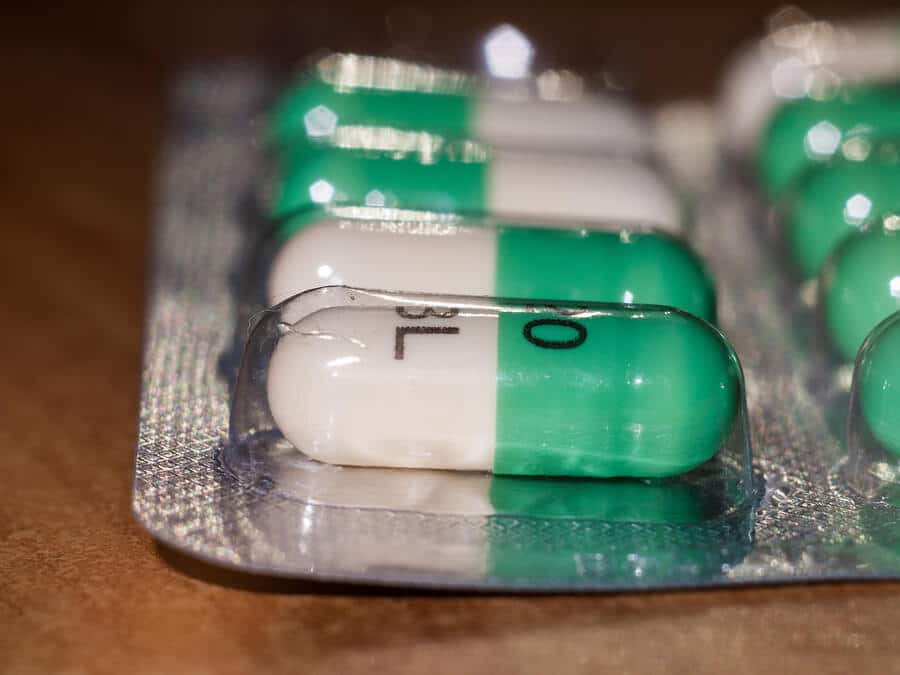
Prozac (fluoxetine) is an antidepressant that belongs to a class of drugs referred to as selective serotonin reuptake inhibitors (SSRIs). It works to increase the levels of serotonin in the brain, a neurochemical responsible for feelings of well-being. When serotonin levels are low or unbalanced, this can lead to a wide array of emotional issues such as depression, panic, anxiety, and obsessive-compulsive behaviors.
Prozac is not believed to be addictive in the sense that some other drugs are, such as opioids. Moreover, it does not generally lead to intense cravings or compulsive drug-seeking behavior. However, when taken long-term, the development of chemical dependence on Prozac is wholly possible. When this occurs, a person will encounter very unpleasant symptoms if he or she tries to quit its use.
Dependence and Withdrawal
Physiological dependence occurs when the body has adapted to the drug to an extent in which it requires regular doses to function normally. Because of this, it is essential that patients take fluoxetine only as prescribed and that they do not suddenly discontinue use. Patients who quit using Prozac “cold turkey” are likely to experience withdrawal symptoms, such as nausea, headache, dizziness, and fatigue.
The more significant problems, however, are related mainly to emotional upheaval. People who stop taking antidepressants after months or years are likely to experience profound depression, anxiety, suicidal thoughts, or panic due to the body’s inability to regulate serotonin levels—a problem with which Prozac is intended to help.
In fact, going off Prozac can result in rebound symptoms that are much more severe than the initial symptoms. For these reasons, a tapering schedule is often recommended by doctors, and long-term addiction treatment may be beneficial. By slowing weaning a person off Prozac, the will be much less likely to encounter severe symptoms. If the use of Prozac has been problematic, it may be possible to replace it with another antidepressant that will work better.
If you are considering the use of Prozac or another antidepressant, talk to a doctor about the pros and cons of their use. Antidepressants can be extremely helpful but are not meant to be a cure-all. Depression, anxiety, and other mood disorders are best treated using a broader approach that also includes behavioral therapy, counseling, and group support.
What Is Prozac and How Is It Used?
Fluoxetine is commonly prescribed in doses between 10-380 milligrams, and it may be used with or without food. For the treatment of depression, doctors usually start patients on a relatively low dose and gradually increase the dose if needed. Most people will notice some improvement in symptoms within two weeks of starting Prozac, but it may take up to a month to experience the full benefits in some cases. It is important to continue using fluoxetine even if you are feeling good.
Prozac is FDA-approved to treat major depressive disorder, obsessive-compulsive disorder, panic disorder, and some eating disorders. It has also been prescribed off-label to treat generalized anxiety disorder, migraines, diabetic neuropathy, and fibromyalgia.
Fluoxetine can improve a person’s overall mood, help with insomnia, and increase energy levels. It can be used to relieve anxiety and reduce the urge to perform the repeated tasks that are commonly associated with obsessive-compulsive disorder.
Remember that a physician should only prescribe fluoxetine because he or she believes that the potential benefits outweigh possible side effects. However, you should consult a physician if you experience any of these common side effects:
- Dry mouth
- Nausea
- Headache
- Diarrhea
- Restlessness
- Agitation
- Anxiety and nervousness
- Increased sweating
- Weight gain or loss
- Insomnia
- Drowsiness
- Fatigue
- Tremor
- Impotence
- Sexual dysfunction
- Abnormal dreams

Rarely, serious side effects can occur. Patients should contact a health provider immediately if they experience any of the following symptoms:
- Abnormal heartbeat
- Impaired judgment or thinking
- Impaired motor skills
- Abnormal bleeding
- Allergic reactions such as skin rash
- Suicidal thoughts or behaviors
- Severe anxiety
- Sudden mania
- Vision problems
- Seizures
- Significant weight loss
- Serotonin syndrome
Serotonin syndrome is a very serious and life-threatening condition caused by too much serotonin and requires immediate treatment. It is essential that patients take Prozac only as directed by a doctor. It should never be taken in larger doses or more frequently than as prescribed.
Getting Treatment for Addiction
If you feel you need intensive treatment for a Prozac dependence or addiction to other substances, contact us today. In addition to comprehensive treatment for substance use, we use a customized approach that addresses all aspects of a person’s health and mental well-being. This includes treatment for depression, anxiety, and other such potential severe mood disorders.
Harmony Treatment and Wellness offers evidence-based programs and services vital for the recovery process, such as psychotherapy, counseling, medication-assisted treatment, and much, much more. If you are suffering from addiction and mental illness, do not delay—we are ready to take your call and discuss treatment options.



